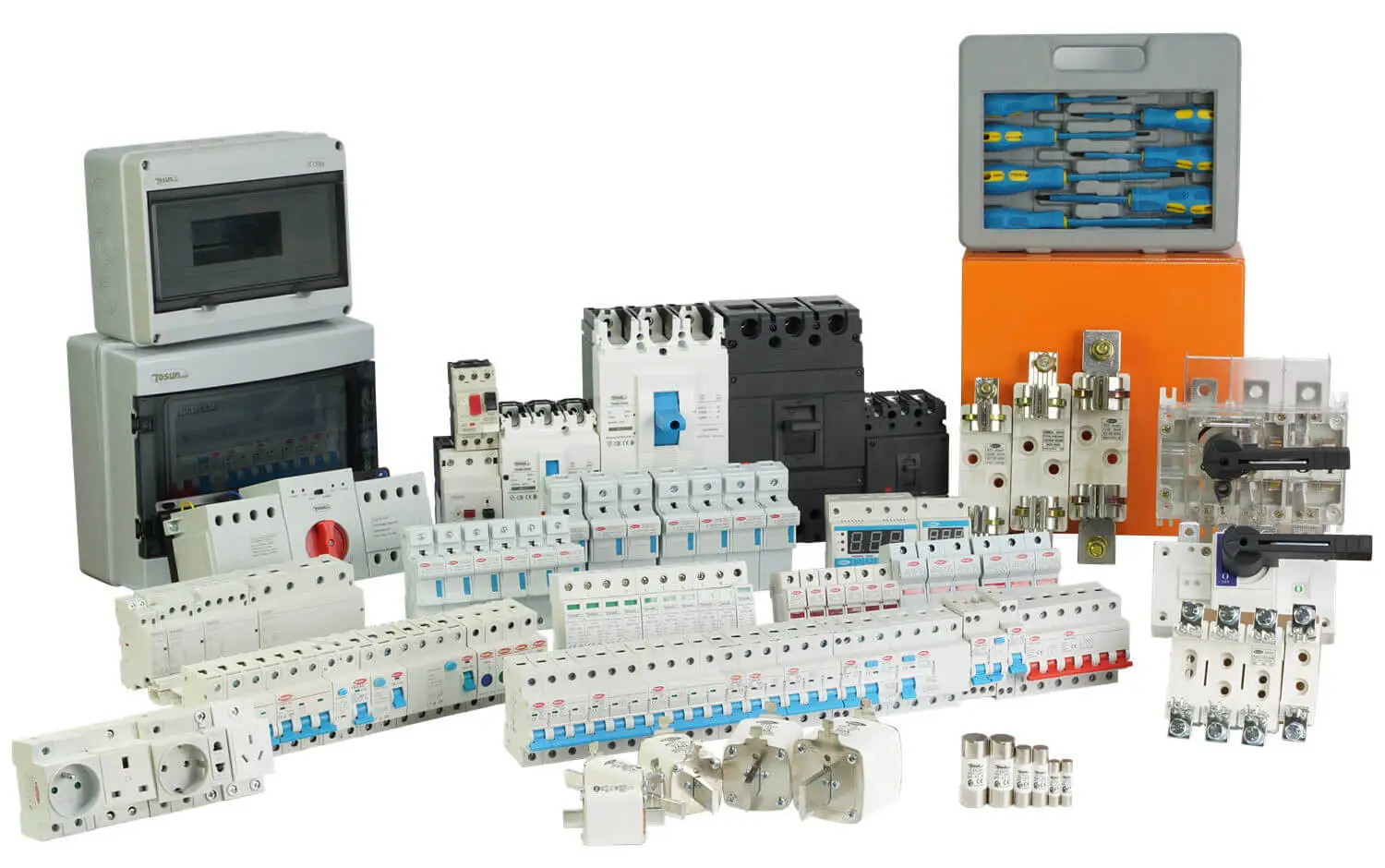Choosing the Right Circuit Breakers for Solar PV Inverter Protection
30th Apr 2025
Protecting your solar PV inverters cannot be undermined. These solar inverters are not only complex in structure, but they are also exposed to several environmental factors and potential faults. Without protection, electrical accidents can easily happen, risking the lives of the people around. One of the best ways to protect these devices is by using the right PV circuit breaker inverter operators should ensure they have. But, what are these circuit breakers, how do they work, and how to choose what suits you? This article tackles the following: – Introducing circuit breakers for solar PV inverters – What make them distinct from other circuit breakers? – How to shop for the right breaker What Are Circuit Breakers for Solar PV Inverters? Safety is paramount in your industry, and so you need the right equipment. Circuit breakers for solar PV inverters, such as a solar panel circuit breaker, are essential for protecting both the system running the solar and the electrical infrastructure connected. These breakers disconnect power automatically should there be overloads, short circuits, or faults, thus preventing fire and electric shocks from happening. In a photovoltaic breaker, systems are installed on both the DC side – or that which lies between the panels and the inverter – and the AC side, which is between the inverter and grid, or load, safeguarding the most important components. For instance, TOSUNlux’s has a DC circuit breaker for solar equipment designed to provide overcurrent protection in appliances or electrical equipment. Lastly, it is important for these devices to adhere to industry […]
Read More : +86-139 0587 7291
: +86-139 0587 7291 English
English Español
Español Русский
Русский Français
Français العربية
العربية Português do Brasil
Português do Brasil Українська
Українська Türkçe
Türkçe Polski
Polski Nederlands
Nederlands Italiano
Italiano Bahasa Indonesia
Bahasa Indonesia हिन्दी
हिन्दी اردو
اردو አማርኛ
አማርኛ Հայերեն
Հայերեն ไทย
ไทย Монгол
Монгол فارسی
فارسی Shqip
Shqip Ελληνικά
Ελληνικά









